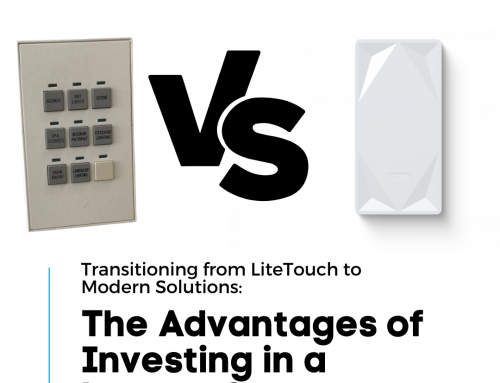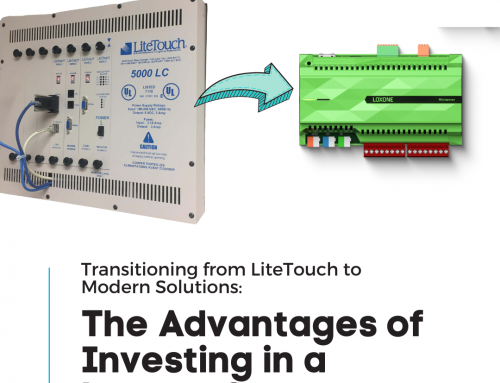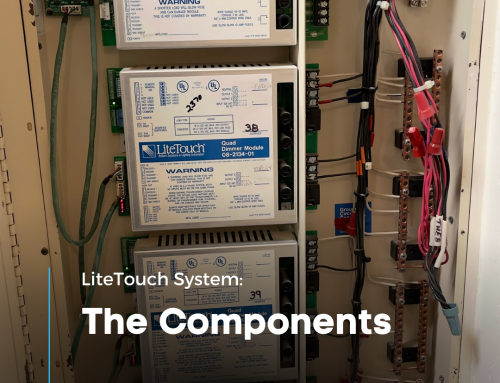
A. Assessment of Your Current System
Before replacing your LiteTouch system, it’s crucial to get a detailed understanding of your current setup, including the extent of the system, its functions, and how it’s integrated into your home. This includes understanding the wiring and infrastructure, and what might need to be changed or upgraded.
B. Planning for the Future
Think about not only your current needs but also your future needs. You’ll want to choose a new system that has the ability to adapt and expand as technology evolves and as your lifestyle changes.
C. Choosing the Right System
When considering alternatives, look at the system’s reliability, ease of use, customization options, and integration capabilities. Consider systems like Loxone, which offer robust functionality, simple user interfaces, and flexible integration possibilities.
D. Installation Process
Replacing a system like LiteTouch involves a certain amount of physical installation work, which can be disruptive. Consider the impact of this on your home and lifestyle, and plan accordingly. You’ll want to work with a professional installer who can manage the process smoothly and minimize disruption.
E. Cost
While the cost of a new system can vary widely depending on the complexity and extent of your needs, it’s an important factor to consider. Be sure to factor in not just the upfront costs, but also ongoing maintenance costs, and the potential energy savings a more efficient system could deliver.
F. Support and Maintenance
Choose a system from a company that provides robust customer support, and consider the availability of professionals who can service and maintain the system in your area.
G. Home Value
Finally, remember that a modern, efficient, and user-friendly home automation system can add value to your home, making it a smart investment for the future.
H. Preparing for a Quote
To get a comprehensive and accurate quote for replacing your LiteTouch system, be prepared to provide the following information:
- Number of Keypads: Document how many keypads you have throughout your home and their respective sizes. A picture or a model number of your keypad could also be beneficial for an accurate quote.
- LiteTouch Panels: Identify the number of LiteTouch panels installed in your home. Their location and access would also be important information.
- Modules: List out the number and types of modules you have in use. For example, relay modules, dimming modules, and motor modules. A photograph of your module could also be of assistance.
- System Diagram: If available, a system diagram or schematic would be extremely helpful to provide an overall view of your existing setup. This could include wiring diagrams or installation plans from when the LiteTouch system was installed.
The more information you can provide about your current setup, the more accurate a quote will be for your new system. Also, keep in mind the professional’s experience in replacing LiteTouch systems specifically – their expertise could be invaluable for a smooth transition.





